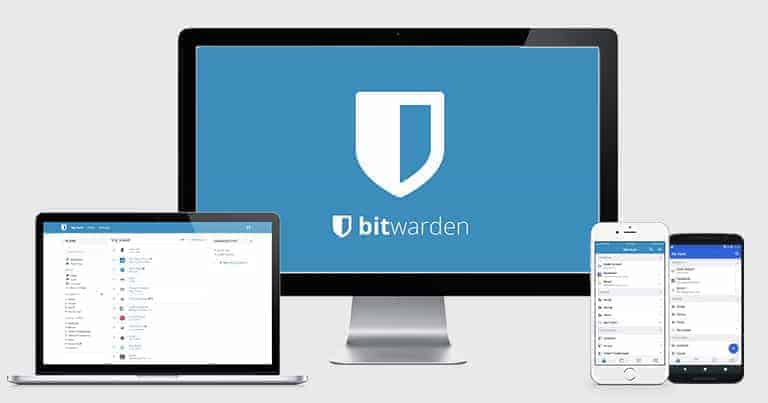

Setup and migration from another password manager is simple, and you’ll use a secret key to encrypt your passwords, much like 1Password’s setup process. Dashlane actively monitors the darker corners of the web, looking for leaked or stolen personal data, and then alerts you if your information has been compromised. One of the best is Site Breach Alerts, something other services have since added as well. But recent updates have added several helpful features. Back then, it was the same as its competitors, with no standout attributes. I first encountered Dashlane several years ago. There are also browser extensions for Firefox, Chrome, Safari, Edge, Vivaldi, and Brave. Paying also gets you priority customer support.Īfter signing up, download the app for Windows, MacOS, Android, iOS, or Linux. That gets you 1 GB of encrypted file storage, two-factor authentication with devices like YubiKey, FIDO U2F, Duo, and a password hygiene and vault health report. The cheapest of the bunch, Bitwarden Premium, is $10 per year. If you simply must have your fully automated form-filling feature, Bitwarden supports that as well.īitwarden offers a paid upgrade account. This makes it easy to switch between usernames and avoids the pitfalls of autofill that we mention at the bottom of this guide. Click the icon and it will ask which account you want to use and then automatically fill in the login form. If you visit a site you’ve saved credentials for, Bitwarden’s browser icon shows the number of saved credentials from that site. I like Bitwarden’s semiautomated password fill-in tool. Bitwarden recently introduced passwordless authentication support, meaning you can log in with a one-time code, biometric authentication, or security key. Bitwarden also has support for Windows Hello and Touch ID on its desktop apps for Windows and MacOS, giving you the added security of those biometric authentication systems. There are apps for Android, iOS, Windows, MacOS, and Linux, as well as extensions for all major web browsers.


 0 kommentar(er)
0 kommentar(er)
